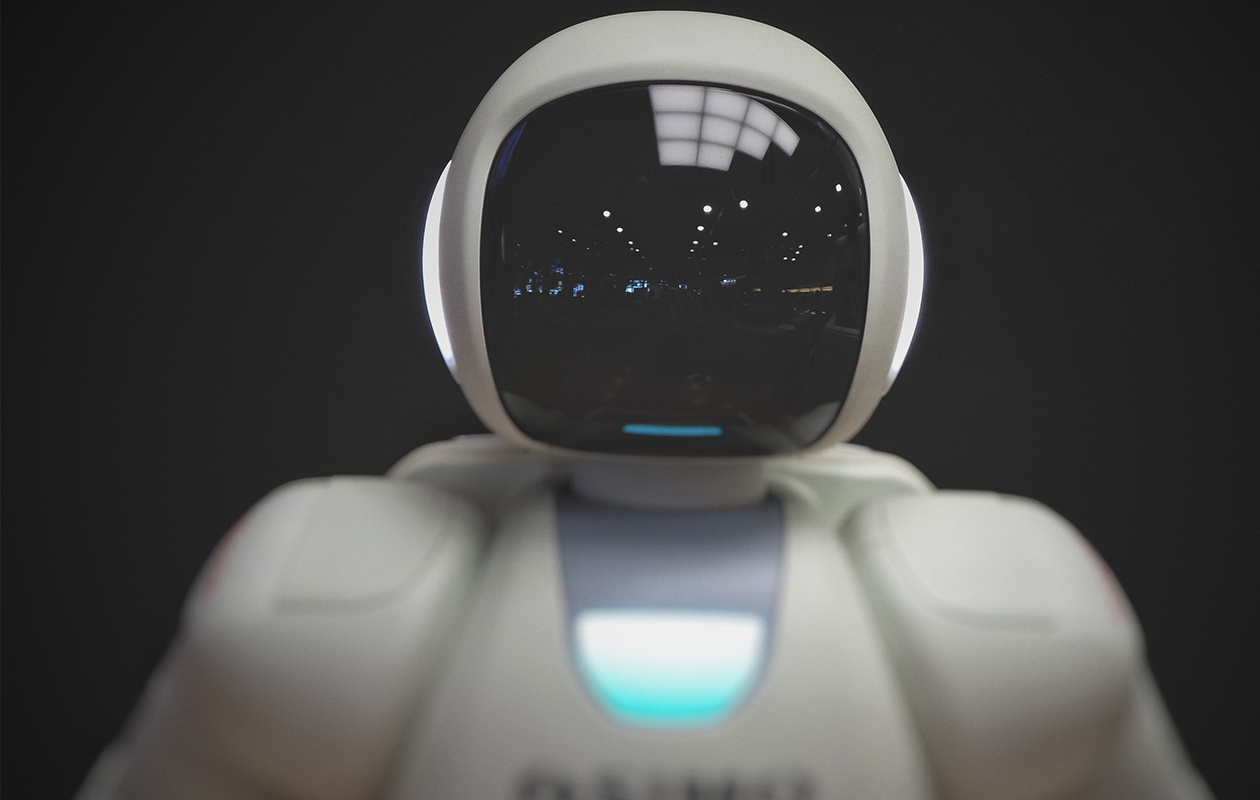AI Is Revolutionising The Customer Experience

Like it or not, artificial intelligence (AI) is everywhere. Sometimes it’s obvious—like when a chatbot pops up on a website and offers help. But AI is being used in ways we may not even realize. The question isn’t when AI will begin to play a role in our everyday lives; it already is. Rather, we should be asking whether or not we are using it to its full capacity.
Everyone Wants It: Consumers, CIOs, CMOs
Consumers are increasingly aware of AI-powered tools and say they’ll use them if they save time and money, reports Gartner. In a recent study, 58 percent of respondents said they’ll use AI if it makes tasks more efficient. Over half (53 percent) said they’ll use AI if it will save them money, and 47 percent are on-board if it gives them easier access to information.
This willingness to engage with AI-driven services has caught the attention of IT leaders and marketing executives alike. Forty-one percent of IT professionals believe AI and machine learning (ML) will help their organizations improve the customer experience (CX), according to a study by Adobe. Respondents also cited other technologies that will have an impact, including the Internet of Things (22 percent), voice (14 percent), virtual and augmented realities (12 percent) and chatbot technology (11 percent).
Companies already using AI in digital commerce are rather pleased, reports another Gartner study. About 70 percent of digital commerce businesses say their AI programs are “very or extremely successful.” In fact, respondents reported a 19 percent increase in customer satisfaction and a 15 percent improvement in both revenue and cost.
Personalizing The Customer Experience
Most of us are familiar with targeted advertising that tells marketers what shoppers are looking for. But AI is now used to aggregate a wide range of data to personalize interactions with customers. AI programs collect information about location, search history, time (days, dates, time of day) and product to then suggest items to consumers. Catering to each person is the next frontier—and not only in advertising.
Within the context of a self-service customer experience, AI is capable of handling the type of personalized interactions that humans have usually handled, such as sales, service or support. When a customer visits a business website, they are greeted with customized options powered by the company’s AI analytics.
Faster Customer Service
Chatbots are also an example of AI-powered tools that are speeding up human-machine interaction. As they continue to grow in sophistication and effectiveness, these bots have the ability to reason, discover meaning, generalize and learn from past experiences.
For example, tapping into customer data, an intelligent chat or speech bot is capable of holding a personalized – and human-like – conversation with the customer.
With machine learning, chatbots recognize common words and phrases related to specific issues, and then recommend help articles that are most useful to the customer or agent. They are also able to route the user toward the human most qualified to answer their query.
Even when the virtual agent seamlessly hands off the customer to a human agent, it does so with all information intact. The human agent picks up where the virtual agent ends, and the customer doesn’t need to repeat themselves.
Crunching The Data
Probably the most obvious and powerful use of AI is to analyze the enormous amount of data captured through technology today. Businesses are using AI to improve CX by evaluating interactions and integrating data from numerous sources. Predictive AI-driven analytics helps track and analyze customer trends and behaviors faster.
One example is reinforcement learning, an AI/ML tool that “rewards” the algorithm when it achieves the best behavior or action, enabling it to learn quickly on its own. It continuously tries different actions to figure out which delivers the best outcome in the long term, explains Tiffany Carpenter, head of customer intelligence for SAS UK & Ireland. It even performs random actions intermittently to test the model and be sure it is up-to-date.
Humans + Machines
Thought leaders agree that the human element is essential when working with AI. It’s not an either/or proposition. Humans are needed to create the core marketing messages, draw insights from data and make decisions. “The future lies not in a battle between people and machines, but in a synthesis of their capabilities, of humans and AI working together,” notes Helen Poitevin, research senior director at Gartner.
For many technologies, the future seems far in the distance. Yet, AI is already enhancing customer interactions today. The most competitive organizations are pushing the boundaries of the technology. That means the revolution is well underway—and stellar customer experiences are closer than you might think.
This article was first published by Mitel.



